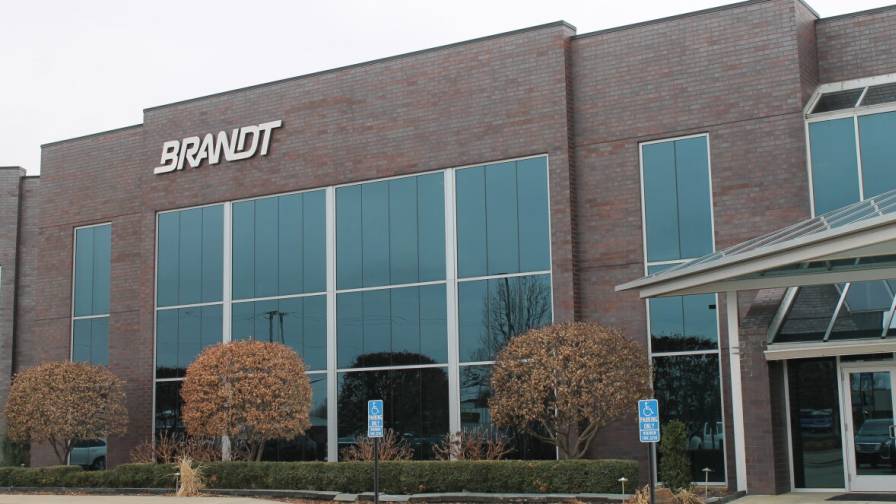Three Emerging Trends Driving Agricultural Drone Adoption
In this column, I want to talk about one of the up-and-coming sectors in agriculture technology – drones. To be truthful, people in agriculture have been talking about drones for more than a decade now. However, three new developments promise to help the sector really move forward at a rapid pace over the next few months and years.
In early July, drone manufacturer Rantizo received approval of an amendment to Exemption No. 18929B. This allows the company’s service hub operators to now operate in three new ways – by swarming up to three drones over 55 pounds, without the requirement of a visual observer, and able to operate drones at night.
Obviously, Rantizo officials were ecstatic with the news. “The approval demonstrates the FAA’s recognition of the safety and reliability of our systems, as well as the evolving needs of operators delivering precise and timely crop protection to their farmer customers,” said CEO Mariah Scott in a press release. “This amendment allows us to unlock a whole new level of productivity, flexibility and efficiency for our team.”
She went on to say that the ability to fly without visual observers and control multiple drones at once can boost operator productivity, allowing them to cover more acres. In addition, night operations allow operators the flexibility to spray during the most favorable weather conditions for flying and crop coverage, while reducing exposure for pollinators, and interruptions for farm workers.
Besides operating restrictions, two other key issues that have held back drone adoption in agriculture – battery life and payload capacity – are also being addressed. During the past year, several drone manufacturers have increased the battery life of their models, with some companies introducing hydrogen-power drones as an alternative. Furthermore, payload capacities have increased from a few gallons to closer to 30 gallons as larger, newer drones have made their market debuts
For those interested in the learning the latest on drones, I encourage you to attend the Drones 101 workshop, being held just following the 2024 Tech Hub LIVE Conference in Des Moines, IA. Taking place Wednesday, July 31, from 2 to 4:30 p.m., this session will present a deep dive into business models and provides updates on FAA and industry regulations. These will be presented by industry experts including Adam Gittins, President, HTS Ag, and Dustin Polasek, Chief Pilot, Nutrien Ag Solutions.
For more information, visit techhublive.com.






